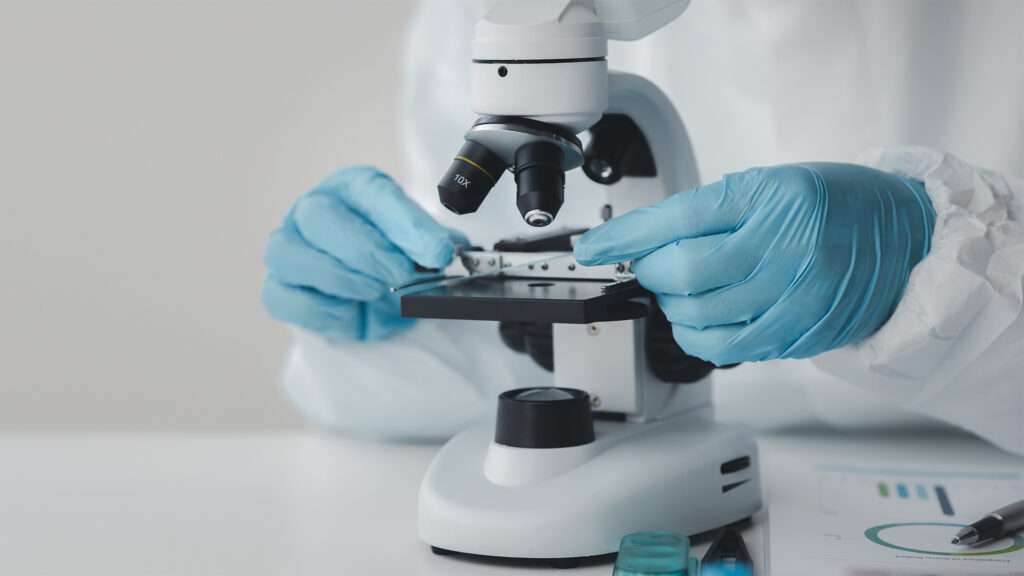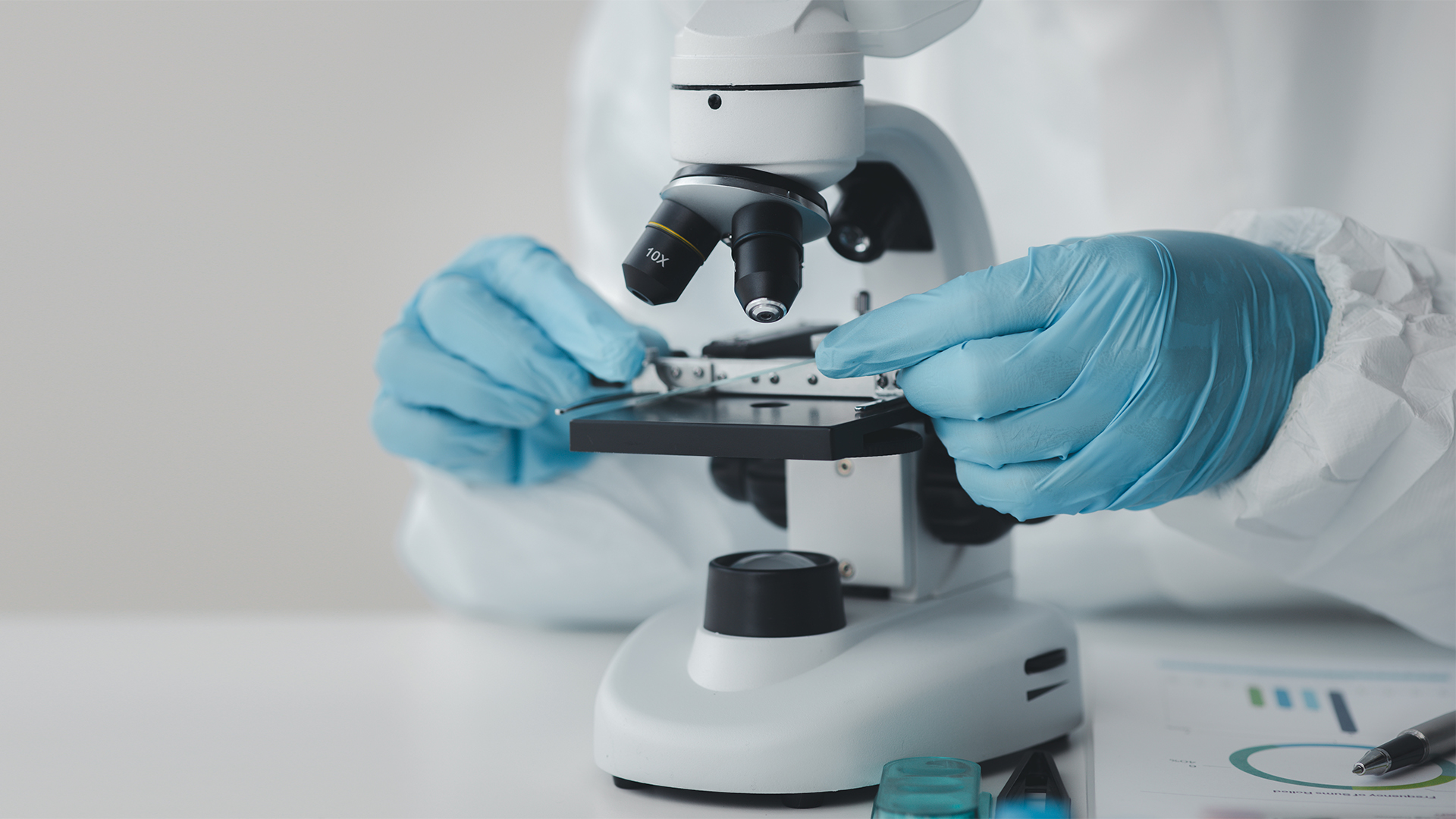
Research summary:
- Plastic traces have been found in human placenta, brain and lung tissue, blood samples, and faeces.
- Absorption of plastic traces can trigger oxidative stress and reactive oxygen production, leading to damage and even cell death. This can cause dysfunction and illness in the affected body tissue. Oxidative stress can play a role in the development of serious health conditions, such as Parkinson’s, cancer and diabetes.
- The impact of secondary particles on human health is unknown, even though these comprise the bulk of microplastic and nanoplastic (MPs/NPs) pollution.
- There has been limited research to date into human exposure to NPs or the impact of plastics other than polystyrene, and the effect of plastic particles containing common additives or environmental pollutants is still unknown.
A new metastudy published in Cambridge Prisms: Plastics by Cambridge University Press, has identified a body of evidence demonstrating the negative impact of microplastics and nanoplastics (MPs and NPs) on human health and identifying the limitations of current research.
‘Mitochondria as a Target of Micro- and Nanoplastic Toxicity’ by Dal Yöntem of Koç University and Müfide Aydoğan Ahbab of the University of Health Sciences Türkiye, reviewed 130 published research studies and identified a body of information which should motivate regulators to reassess the environmental and health risks associated with MP/NP pollution. The researchers are now calling for further, urgent research into the effects of plastic pollution on human health and a renewed focus on reducing plastic use at both individual and national level.
MPs/NPs are small enough to be inhaled through our breath, where they bypass biological barriers, enter our bloodstream and are internalised by mitochondria. As the ‘power plants’ in every human cell, mitochondria play an essential role by creating energy to drive cellular function across all human biological processes. The mitochondria are extremely sensitive to damage, and if impaired, the cell cannot effectively carry out its functions.
MPs and NPs are thought to pose a ‘significant threat’ to mitochondrial health and function, leading to an increased risk of a wide range of health conditions, such as neurodegenerative diseases like Alzheimer’s and cardiovascular diseases like strokes.
MPs/NPs are generated from plastic waste and can be found in two forms. Primary particles are usually plastic microbeads used in products such as toothpaste, sunscreen and exfoliating face wash. Secondary particles are formed when plastic waste is degraded through the sun’s radiation, the action of wind and waves, or product wear and tear when items like car tyres are used. Secondary MPs/NPs are more abundant in the environment due to the volume of plastic waste. Both primary and secondary MPs have been detected across the globe in our oceans, soil, air and living organisms in our food chain and even in bottled and tap water.
Although MP/NP pollution is considered a global problem, its potential risks to human health are far from known. The full extent of human exposure to NPs has been limited so far by the lack of suitable methods to detect particles of this size. Further research to profile the impact of nanoplastic exposure would be an important first step to identifying critical levels of exposure or toxicity and developing methods to combat the damage done to the body.
Evidence suggests that MPs/NPs can induce mitochondrial dysfunction, primarily through the generation of oxidative stress, which can result in reduced production of adenosine triphosphate (ATP), which is every living cell’s source of energy. This causes disruption of the cellular processes and can lead to cell death. MPs/NPs have also been found to physically interact with mitochondria, causing structural damage and contributing to functional impairment. These effects can, in turn, trigger a cascade of cellular responses, from inflammation to apoptosis, contributing to the overall toxicity of MPs/NPs. In addition, exposure to MPs/NPs may disrupt the dynamic processes that maintain mitochondrial health. Emerging research suggests that MPs/NPs could disrupt mitochondrial biogenesis, potentially decreasing mitochondrial mass and further impairing cellular health and function.
Yöntem and Aydoğan Ahbab’s meta-study identifies significant gaps in the current research literature. In addition to discovering that little is currently known about the presence of NPs in the human body, they also found that most research is focused on primary MPs and NPs, which have a smooth shape. Particles without smooth surfaces are known to have a greater negative effect on human cells than those with smooth surfaces. Secondary particles form a wide variety of shapes as their structures deteriorate and their properties change over time, but their impact on human health has not yet been assessed.
In addition, existing research has primarily focused on polystyrene (PS) plastic, which is used for a huge range of items, from plastic packaging to even road construction. This is not the only plastic polymer used and present in the environment. To date, nothing is known about the impact of other plastic types, the effects of common additives such as stabilisers and colourants, or the impact of plastic which has absorbed other environmental pollutants.
The Turkish research team, Dal Yöntem and Müfide Aydoğan Ahbab commented: “If more people were aware of the potential threat of MPs and NPs pollution, and the associated increased risk of life-threatening conditions like cancer and the fatal form of dementia, Alzheimer’s, they would almost certainly call for and take more action. Everybody needs to look at their own use of plastic products. Governments and organisations need to develop policies that reduce plastic waste and promote sustainable alternatives. This collective effort will require cross-disciplinary collaboration encompassing environmental science, toxicology, public health, policymaking, and more. This is no longer just about the impact on our planet; we urgently need to find out more about MPs and NPs to safeguard our own and future generations’ health.”

















